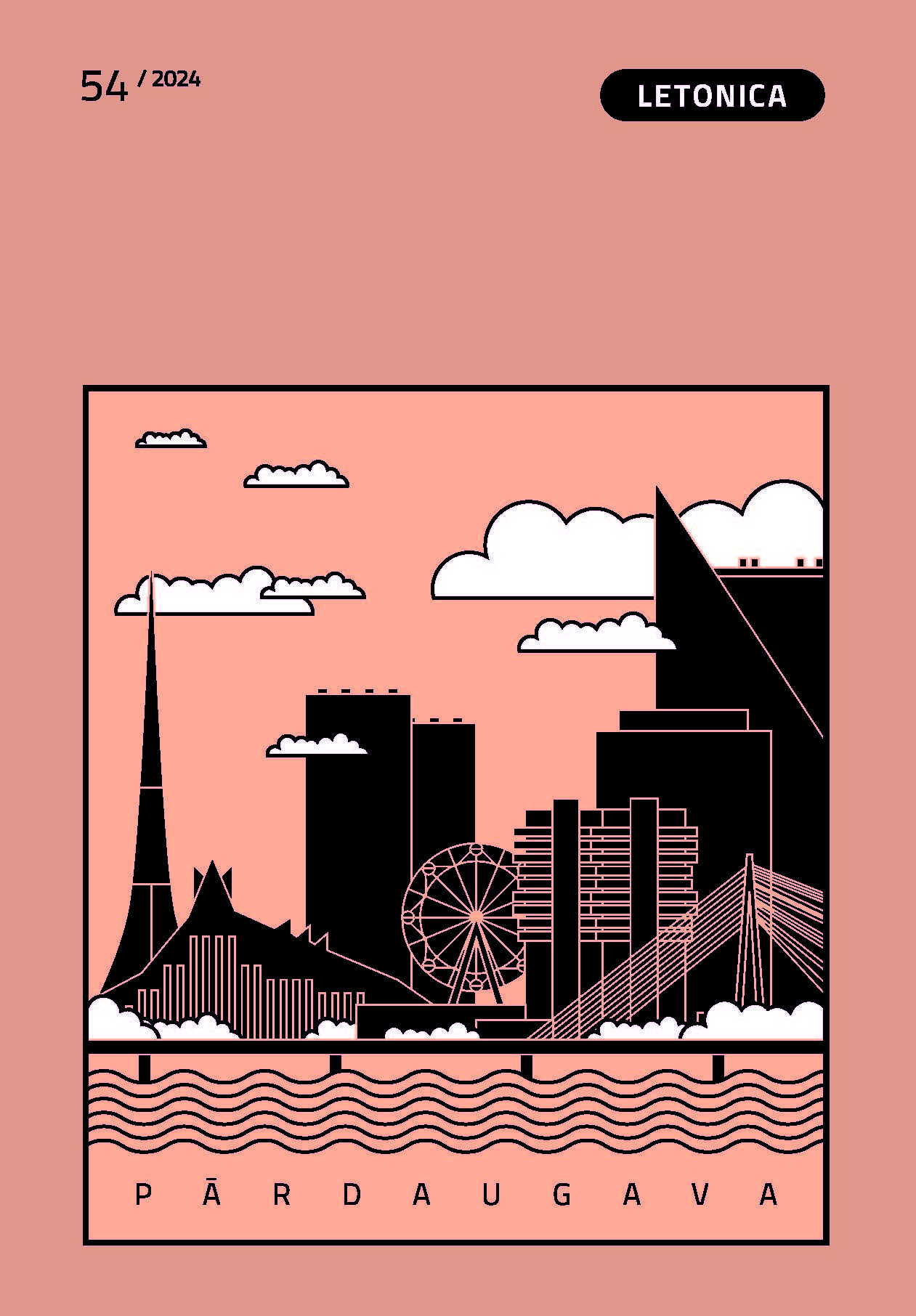Kapsēta pilsētā: kultūrsemiotisks ieskats Rēzeknes ebreju kapu dekoratīvajā grafikā
A Cemetery in the City: A Cultural Semiotic Analysis of Decorative Graphics of the Jewish Cemetery in Rēzekne
Author(s): Olga SenkāneSubject(s): Cultural history, Jewish studies, Visual Arts, Semiology, Jewish Thought and Philosophy, Sociology of Art, History of Art
Published by: Latvijas Universitātes Literatūras, folkloras un mākslas institūts
Keywords: visual semiotics; cemeteries; city; ritual graphics; codes; symbolization and desymbolization; symbol and symptom
Summary/Abstract: The study aims to employ visual semiotics to analyse the ritual graphic signs – both sacred and secular – present in the Rēzekne Jewish cemetery, treating it as an integral part of the city and examining its “signifier” and “signified”. The Star of David, serving as the primary symbol within the ritual graphics, is observed to gradually lose its status as a purely sacred symbol and, on certain tombstones, confirms the structure of a symptom, conveying a reminiscence or simple message. The paper seeks to elucidate not only the cultural and social factors contributing to these changes but also to the mechanisms underlying the mutual transitions between symbols and symptoms, along with the differences in the coding of these types of signs. Ritual graphics is an important indicator of the regularity of cultural processes within ethnically diverse environments. A survey of Jewish cemeteries in the Latgale region highlights clear distinctions in the choice of visual graphics between urban and rural settings. Furthermore, alongside verbal accounts of the deceased, ritual graphics, on the one hand, complement these narratives as integral components, while, on the other hand, maintain an independent existence. This is because, for observers, the primary and sometimes sole point of contact (particularly for those unfamiliar with Hebrew and Yiddish) is the visual or non-verbal sign. The study emphasises the divergence between the sacred symbolism of the hexagram and the secular interpretation of the yellow star or “badge”, exploring the causal relationships underlying their usage and perception from the point of view of visual semiotics and cultural philosophy, specifically examining phenomena of symbolization and desymbolization.
Journal: Letonica
- Issue Year: 2024
- Issue No: 54
- Page Range: 210-229
- Page Count: 20
- Language: Latvian

